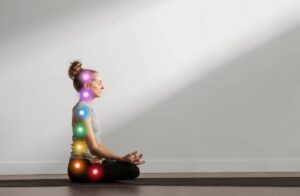The Health Blog
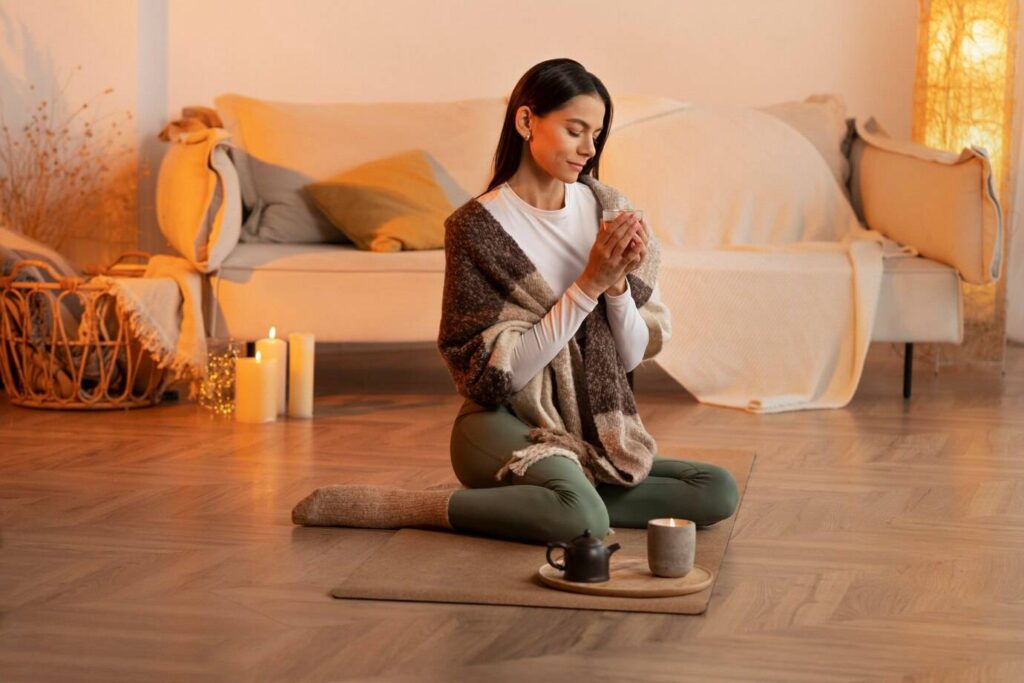
Designing a Home Sanctuary for Relaxation and Healing
Imagine coming home after a long, stressful day. Now imagine stepping into a space that instantly puts your mind at ease — a place that wraps you in calm, comforts your senses, and invites you to breathe deeply. That’s the power of a home sanctuary.
In today’s fast-paced, hyper-connected world, carving out a space just for rest, reflection, and holistic healing is no longer a luxury — it’s a necessity. Between busy workdays, constant notifications, and emotional demands, we all need a quiet retreat that helps us unplug and return to ourselves. A home sanctuary doesn’t need to be grand or expensive. It just needs to feel intentional, nurturing, and aligned with your personal rhythm.
Whether you’re transforming an entire room or setting up a simple nook by the window, this guide will walk you through how to design a space that supports your emotional wellbeing, calms your nervous system, and offers daily grounding. Think of it as your personal recharge station — a place where you can reflect, rest, and heal, one deep breath at a time.
Why You Need a Home Sanctuary
The Science of Space and Wellbeing
Studies show our environment greatly impacts our mood, sleep, productivity, and overall mental health. According to research published in the Journal of Environmental Psychology, soothing spaces with natural elements and soft lighting reduce cortisol levels and increase positive emotion.
Emotional and Physical Health Benefits
A dedicated relaxation space promotes:
- Stress reduction through sensory cues
- Improved sleep and circadian rhythm regulation
- Faster recovery from emotional burnout
- Enhanced meditation or spiritual practice
- Boosted creativity and focus
Creating a sanctuary at home gives you a tool for a daily reset — a place where you can unplug, breathe, and simply be.
Choosing the Right Space
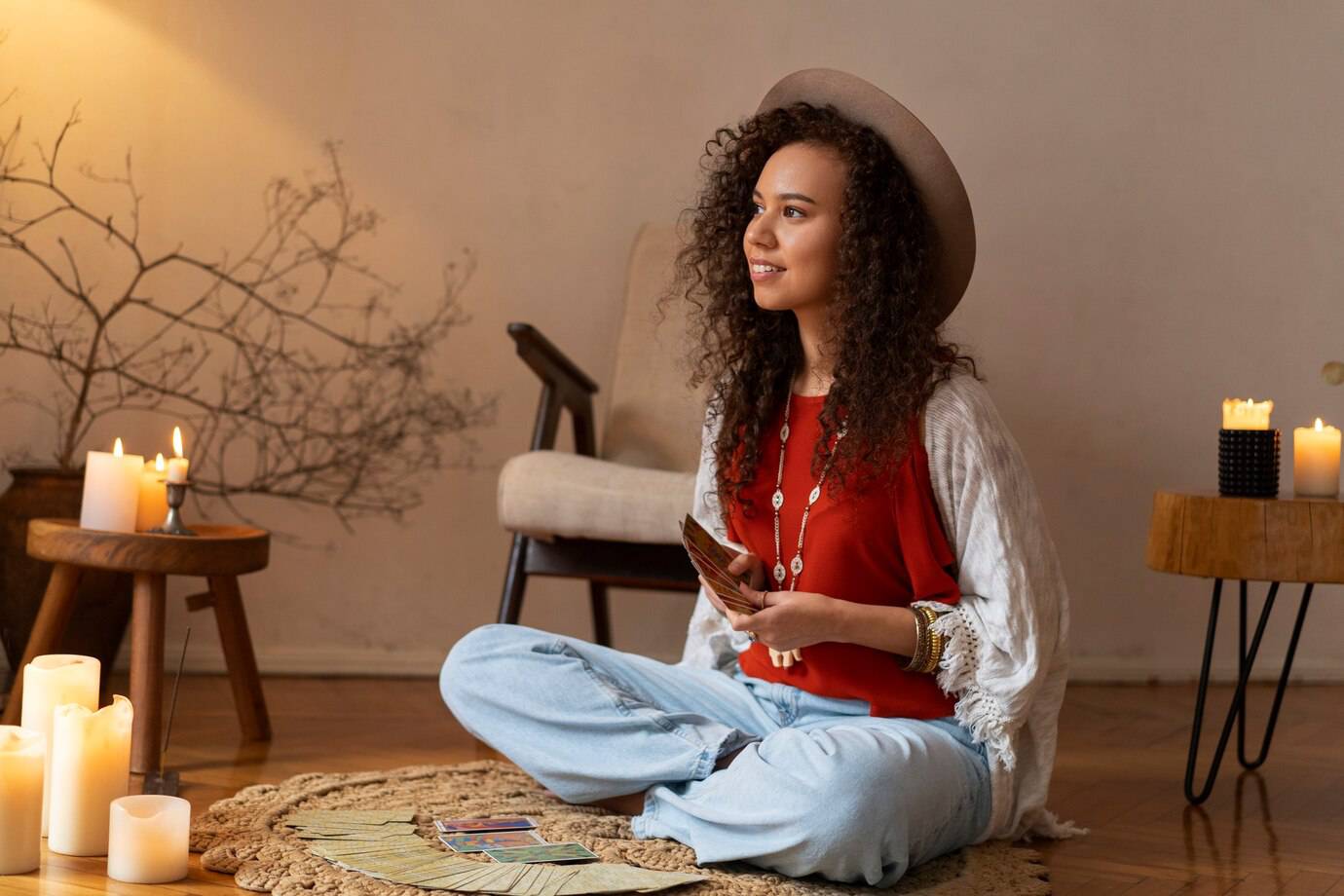
Size Doesn’t Matter
You don’t need a spare room. A nook, corner, or window seat can become a sanctuary with the right intention and setup. Think about where you naturally feel calm — that’s your starting point.
Consider Light, Sound, and Flow
Choose a space with:
- Natural light, which lifts mood and supports vitamin D production
- Quiet surroundings, or areas where noise can be softened
- Good airflow, to keep the energy and oxygen moving
Avoid cluttered or high-traffic areas. Even a well-designed corner can feel expansive when thoughtfully arranged.
Key Elements of a Healing Sanctuary
1. Calming Colour Palette
Colours have psychological effects. Choose tones like:
- Soft blues and greens: promote calm and mental clarity
- Earthy tones: grounding and comforting
- Lavender and blush: subtle emotional support
Avoid harsh neons or overly bright whites.
2. Natural Elements
Nature nurtures. Include:
- Houseplants (like peace lilies, snake plants, or aloe)
- Wood, stone, or bamboo accents
- Water features like tabletop fountains for ambient sound
3. Aromatherapy
Scents can transport the nervous system into a calmer state. Try:
- Lavender for sleep
- Eucalyptus for clarity
- Frankincense for spiritual grounding
Use essential oils in a diffuser or apply them (diluted) during self-care rituals.
4. Lighting
Use soft, layered lighting such as:
- Salt lamps or LED candles
- Dimmable floor lamps with warm-toned bulbs
- Fairy lights for a gentle ambience
Avoid overhead fluorescents that feel clinical.
5. Soundscape
Calm your auditory environment with:
- White noise machines
- Soft playlists (e.g., nature sounds or instrumental music)
- Wind chimes or gentle bells near open windows
Personal Touches: Make It Truly Yours
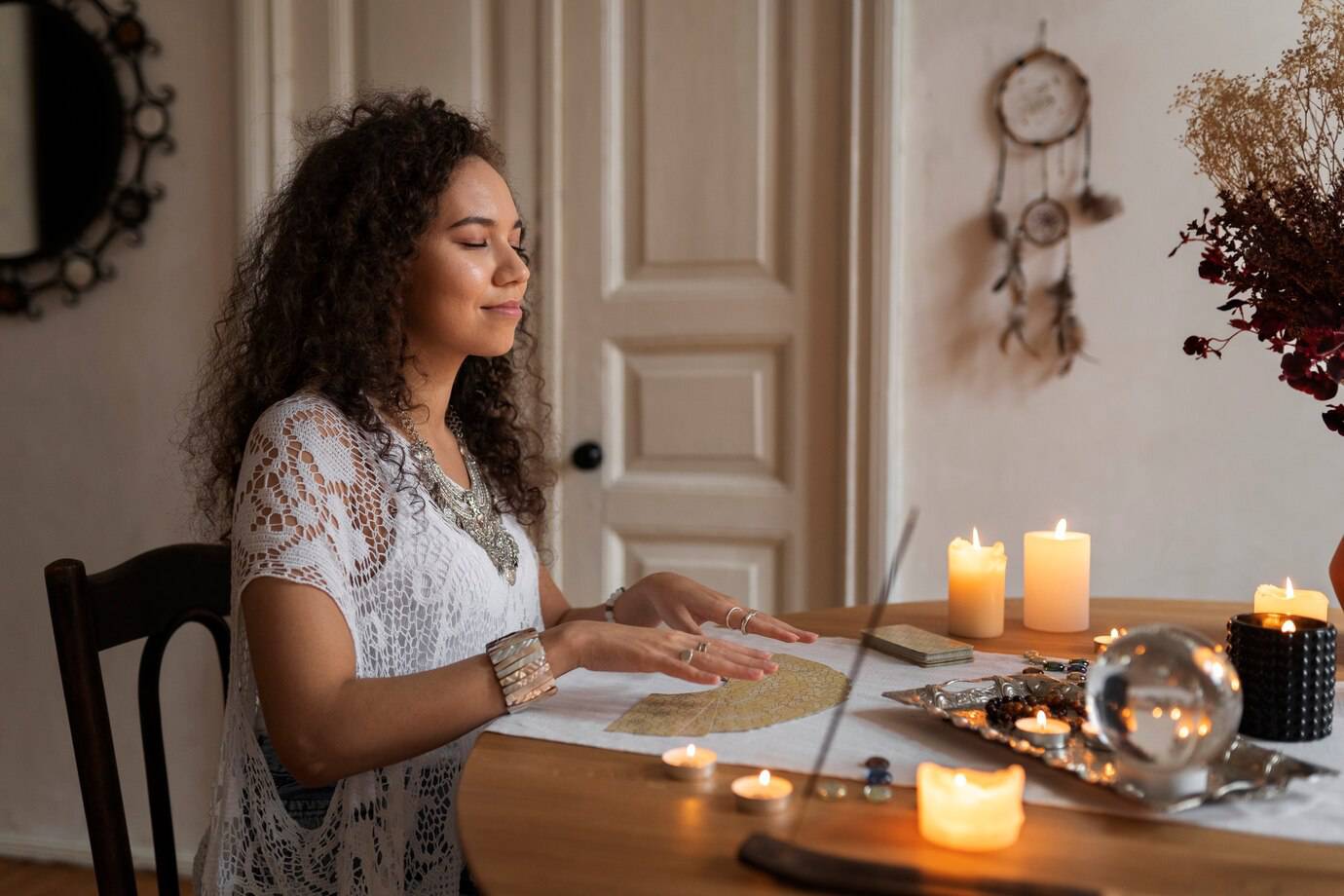
Objects of Meaning
Include items that evoke comfort or joy:
- Photos of loved ones
- Affirmation cards
- Crystals or stones with personal significance
Textures and Comfort
Layer with:
- Cushions and throws
- A cosy rug underfoot
- A supportive meditation cushion or chair
These tactile elements anchor the body in the present moment.
Intentional Layout
Use Feng Shui principles or simply position elements intuitively to encourage openness, safety, and serenity.
Daily Wellness Practices to Incorporate
Meditation or Breathwork
Your sanctuary is the perfect place to:
- Practice deep breathing
- Follow guided meditation
- Explore mindfulness or body scans
Journaling or Reflection
Keep a journal nearby. Write:
- Morning intentions
- Gratitude lists
- Evening reflections
Discover morning practices in Creating a Holistic Morning Routine for Energy and Clarity .
Gentle Movement
Use the space for:
- Restorative yoga
- Stretching or foam rolling
- Tai chi or intuitive dance
Tea Ritual or Nourishment
Enjoy a warm cup of herbal tea or infused water. Use the moment to hydrate and nourish mindfully.
Overcoming Common Challenges
“I Don’t Have the Space”
Start with a corner or even a tray of meaningful items you can move around. The sanctuary is a mindset more than a room.
“I Don’t Have Time”
Even five minutes in your sanctuary can reset your day. Attach it to an existing habit — after waking up, before bed, or after work.
“It Feels Self-Indulgent”
Reframe it as maintenance, not luxury. You can’t pour from an empty cup.
Real-Life Inspirations
Claire’s Corner Haven
A busy mum of two, Claire turned a spare wardrobe nook into her sanctuary. She added a plant, a diffuser, and a soft cushion, and now starts each day with ten minutes of breathwork.
David’s Digital-Free Zone
David, a remote worker, made a small sunroom a device-free sanctuary. With a yoga mat, his favourite incense, and soft music, it became the go-to spot for unwinding after Zoom calls.
Conclusion: Your Peaceful Escape Awaits
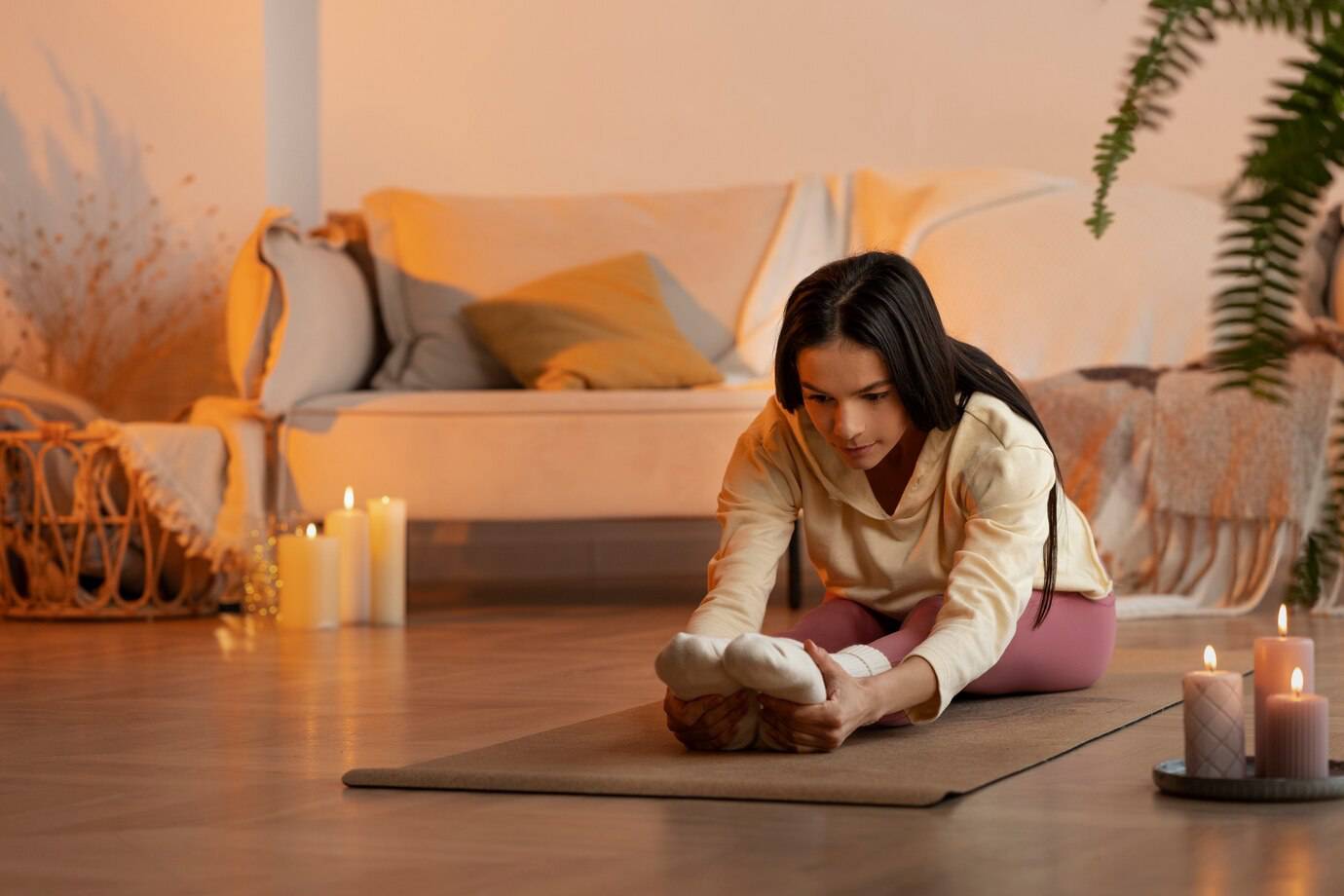
A home sanctuary is more than just a pretty corner — it’s a form of self-care, a quiet rebellion against burnout, and a reminder that you deserve rest. In a world that’s always asking for more, your sanctuary gives you permission to pause. To breathe. To just be.
Whether your space is a sunlit room, a bedside tray of calming objects, or a few peaceful minutes in the bath, it’s the intention behind it that matters most. You’re not just decorating — you’re creating a relationship with your inner calm. This small investment in your space becomes a daily invitation to reconnect with what really matters: peace, presence, and personal healing. Learn about conscious food habits in Incorporating Mindful Eating into Everyday Life for inner peace.
So go ahead and claim your corner of stillness. Light a candle, roll out your mat, pour a cup of tea, and settle into the sanctuary you’ve created. Let it grow with you. Let it hold you. And most of all, let it remind you that rest is not a reward — it’s your right.



